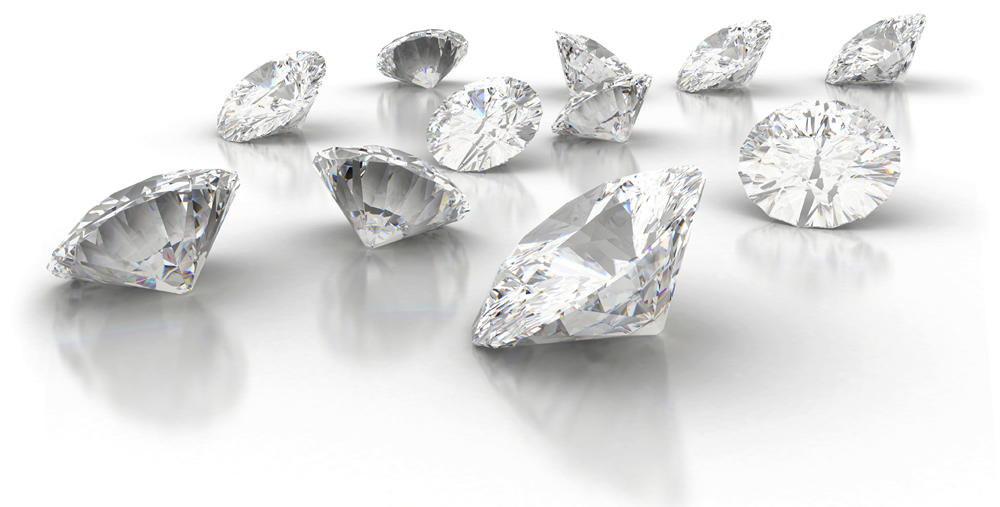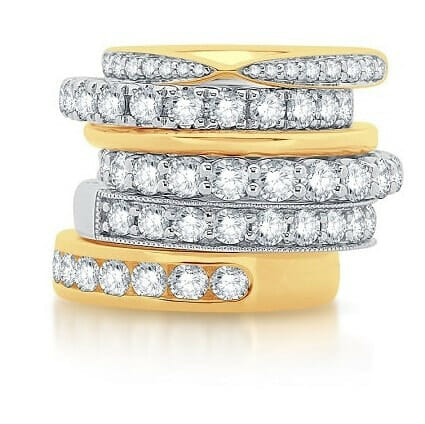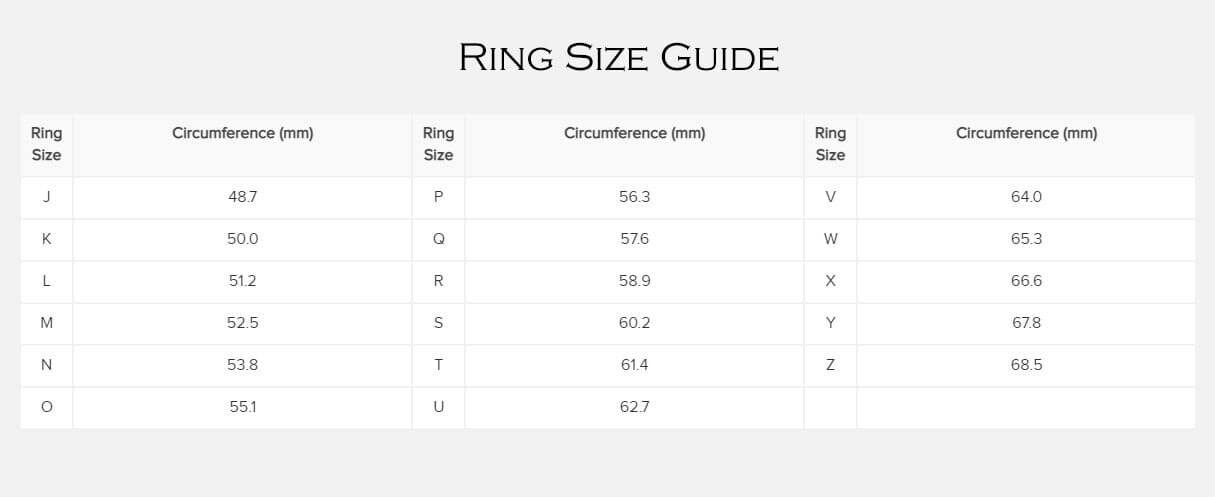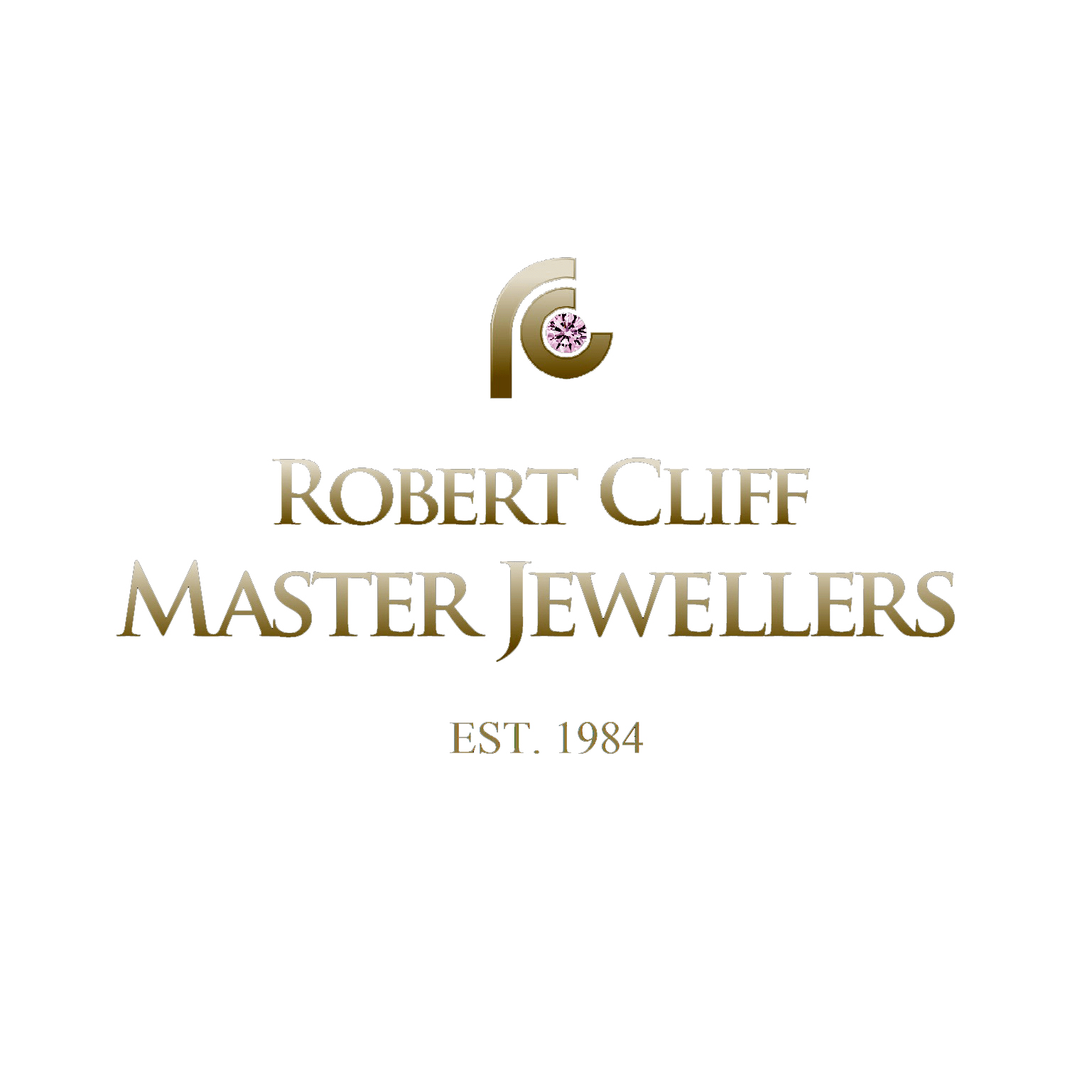What makes Diamonds so Exquisite
Diamonds have a long history as beautiful objects of desire. Flourishing from carbon atoms, diamonds are created after being placed under high temperature and pressure conditions. This formation only exists approximately 100 miles beneath the earth’s surface before being pushed upward to the earth’s surface for man to cleave, cut and polish.
“Diamond is the most valuable, not only of precious stones, but of all things in this world.”
– Roman Naturalist, Pliny (1st Century AD)
The 4 C’s of Selecting a Diamond
The well known Diamond Certification Standard was developed by the Gemological Institute of America (GIA) and includes the 4 C’s of colour, clarity, cut and carat. Together this criteria determines the quality of the diamond and its overall value.
Colour:
Colour is essential when determining the quality of the diamond. It is evaluated on a scale ranging from D (diamond of exceptional whiteness) to Z (diamond that is ‘tinted’ white yet reflects yellow in colour). The whiter the diamond, the rarer it is.
Clarity:
Clarity is defined by the number, size, nature and position of the inclusions (internal and external imperfections). A diamond is considered to have the highest level of clarity if no faults appear under a 10x loupe. Whilst almost all diamonds contain impurities, a perfectly pure diamond is possible but extremely rare. The classification for clarity ranges from FL (flawless) to I3 (inclusions visible to the naked eye).
Carat:
The weight of a diamond is measured according to the standard unit used worldwide; the carat. One carat is equivalent of 0.2 grams. A diamond’s value varies according to its number of carats and its rarity. The heavier the uncut diamond, the rarer it is.
Cut:
Cut is the most crucial of the Gemological Institute of America’s criteria. Not only does the cut influence the shape of the diamond, it also affects the life and brilliance of the diamond. A cut is evaluated on the precision of its critical angles, its symmetry, proportions and polish.
Proportions of a diamond refer to the relationship between the parts of the diamond;
- The table (top flat facet)
- The crown (visible top of the diamond)
- The girdle (the line or edge around the middle of the diamond)
- The pavilion (the underside)
This relationship affects the way the diamond interacts with light, revealing the sparkle and brilliance of the stone.
“Better a diamond with a flaw, than a pebble without”
– Confucius
Next time you are purchasing a diamond for your loved one, consider the 4 essential C’s to ensure you receive a quality diamond within your budget.
More coming soon…












